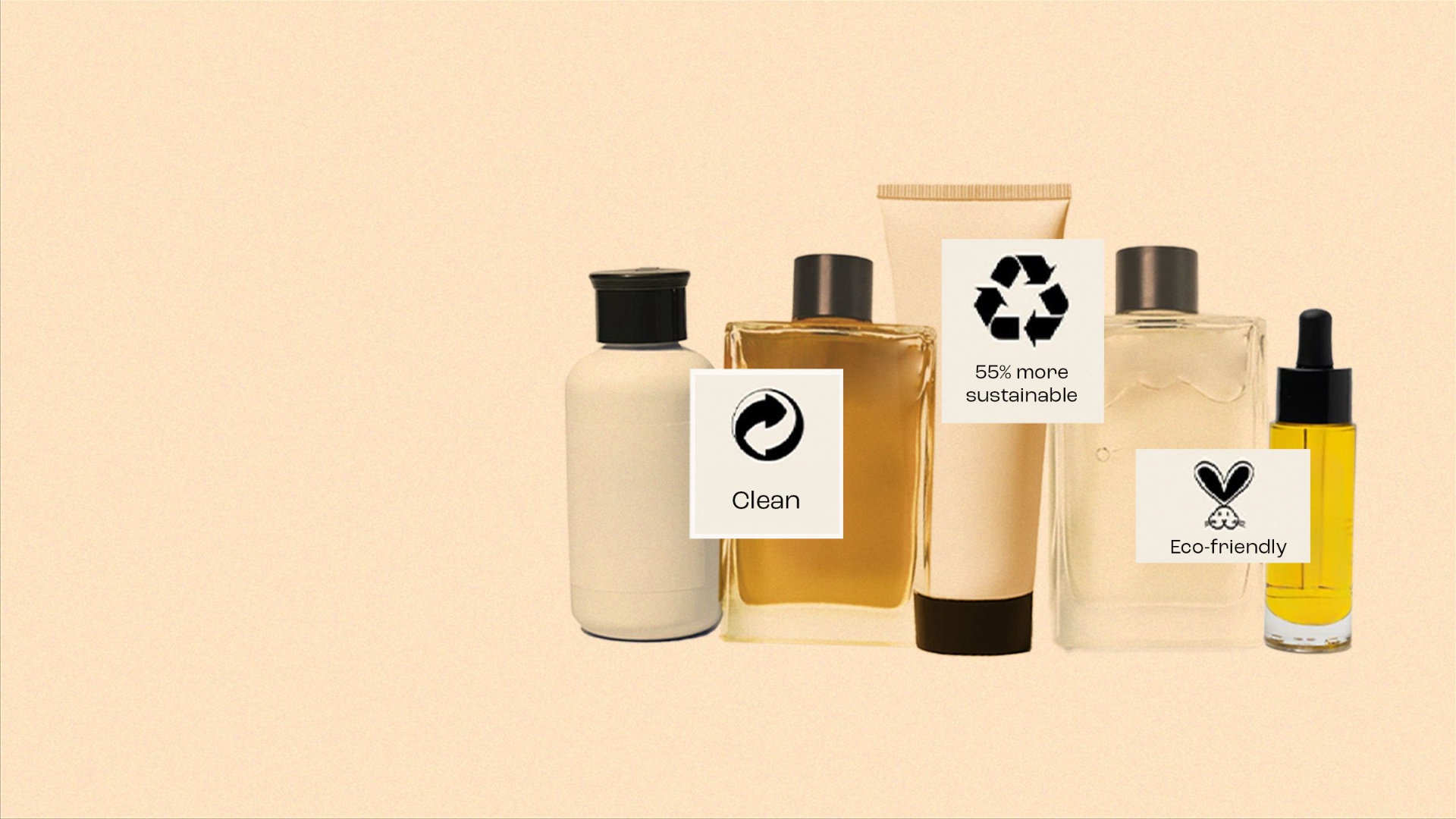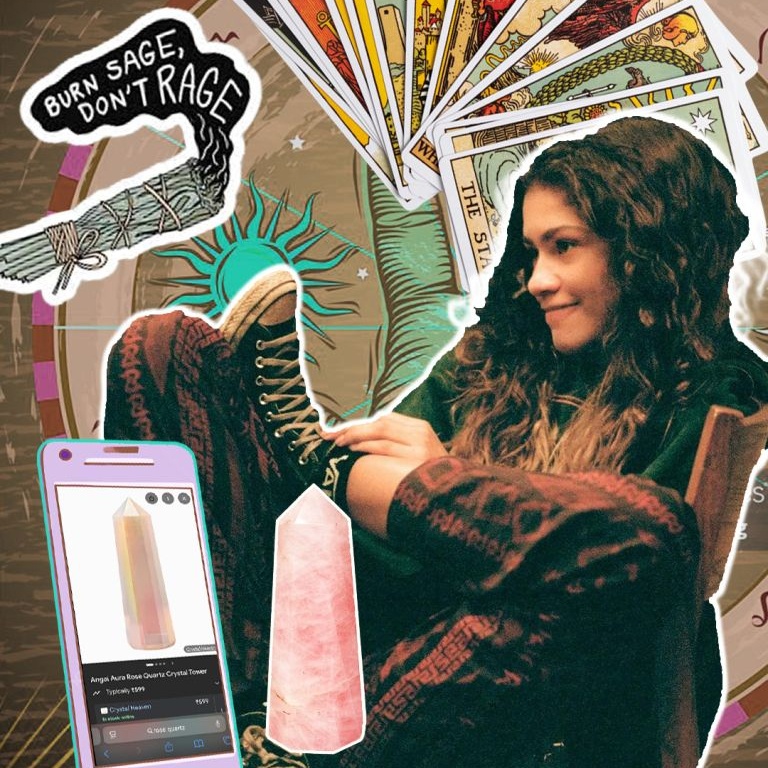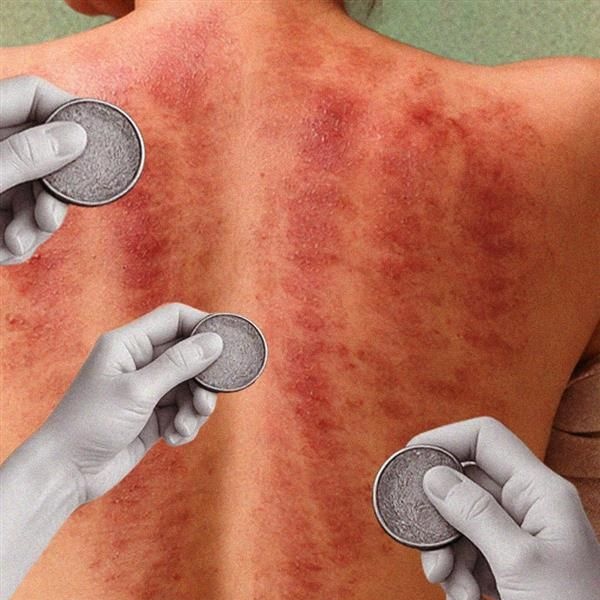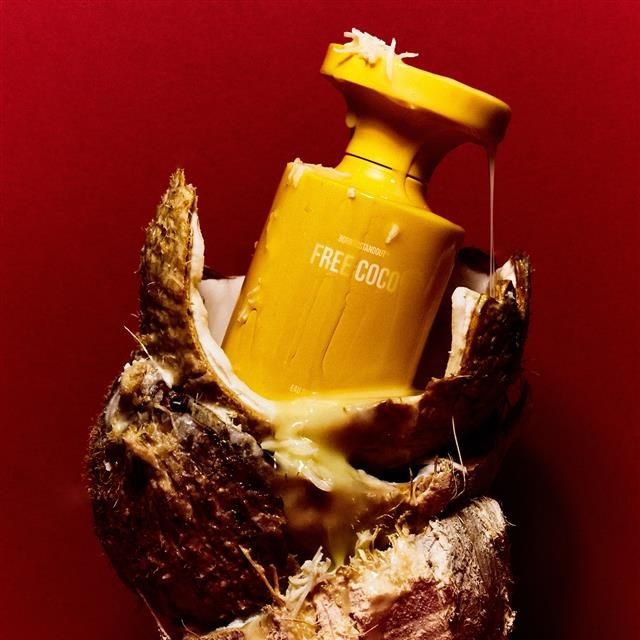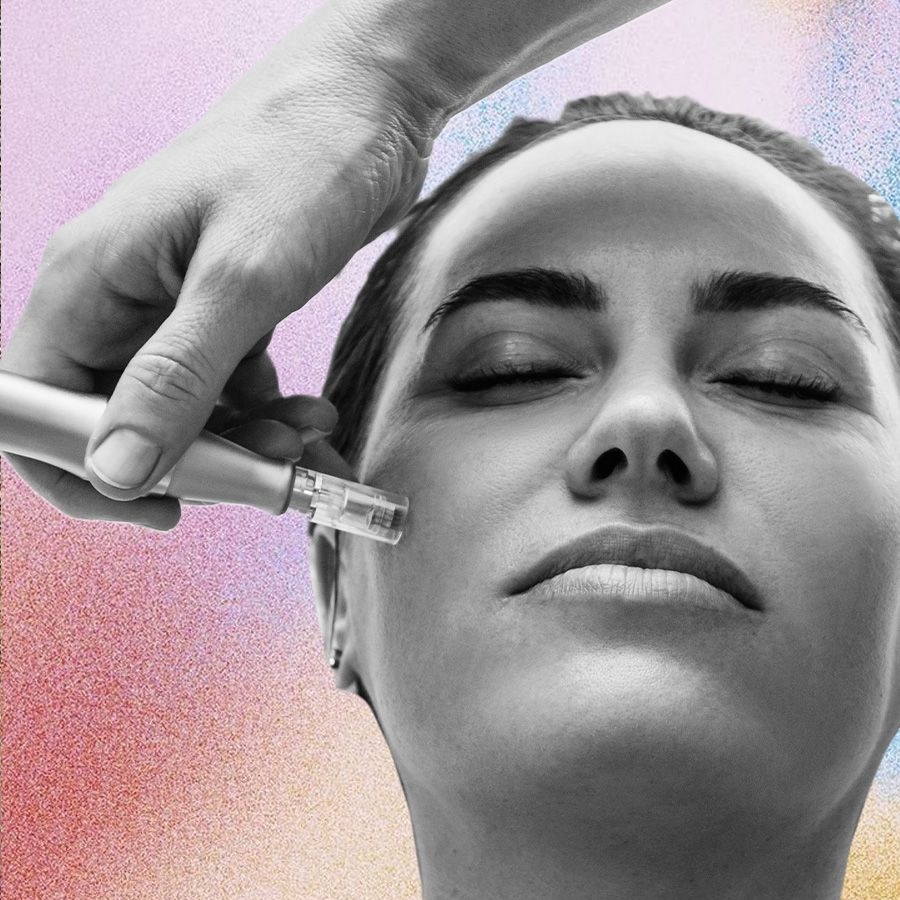In March this year, New York resident Lindsay Finster filed a class action suit against Sephora. She believed that the retail giant’s use of the label ‘clean’ under its Clean at Sephora programme was deceptive, as it led her to believe that the products would not contain any synthetic or harmful ingredients.
Sephora’s counter to the lawsuit was that its programme information had clearly stated that products with the clean label were “formulated without parabens, sulphates SLS and SLES, phthalates, mineral oil, formaldehyde and other identified ingredients,” and not “all natural or free from any harmful chemicals”. The lawsuit, which could have led to damages exceeding US$5 million for the brand, was dismissed by the federal court, because it found that the brand had, in fact, clearly defined its claim.
This is not an isolated case. And experts like Maggie Spicer, an attorney who builds comprehensive sustainability strategies for fashion, beauty, and lifestyle brands, have built a coveted practice out of this. For an industry that is booming (beauty insiders predict it will reach approximately US$580 billion by 2027), professionals like Spicer know that such incidents also confirm that everything is under scrutiny. Today, there are cases to recall benzoyl peroxide—a common ingredient in anti-acne products—as it contained traces of carcinogenic benzene. Other high profile suits doing the legal rounds are up against cosmetic companies that don't list PFAS (per- and polyfluoroalkyl substances) or ‘forever chemicals’ in their ingredient lists, and can cause serious health issues, including liver damage and cancer.
Spicer knows that a beauty consumer’s buying decisions today are being driven by a desire to learn more about the products they use and their implications, and people are demanding safer solutions. In fact, her journey began with the realisation that the unseen parts of the beauty industry needed a reality check. “While working as a trade lawyer in Washington, DC, I realised that the impact of manufacturers and large companies on both the planet and on people, in so many ways, was being driven by their supply chains. It’s not the cute part of sustainability as not a lot of people understand it, but it’s really important,” she says.
A supply chain is the collective journey of all the components, raw materials, processes, and other elements that make the final product—and it’s an aspect of the beauty industry that desperately needs to be viewed through the lens of sustainability. Spicer believes that building holistic strategies that apply across the entire company is essential. “The product developer and the sales person, [everyone] should be thinking about it.”
Consider a recent skincare brand that caught your attention. Think about whether there was a heavy focus on marketing buzzwords such as ‘revolutionary anti-ageing serum’, without adequate research or formulation information to back them. It’s problematic when catchy slogans supersede genuine product efficacy. “A lot of times, marketing is the beginning of the process of creating skincare. You ask questions like, ‘What are the claims we want to make?’, ‘What’s the message we want to send?’ If you’re not thinking about building a sustainable product from scratch, you’re trying to market something that doesn’t really exist,” explains Spicer.
For brands, a growing need to prove their safety, efficacy, and sustainability has led to a variety of claims and labels being shouted at the shopper. And for the unfamiliar consumers, these can be more confusing than comforting.
The simplest red flags come in familiar language, that is intentionally vague and ambiguous: like ‘better for the environment’ (how?); and incomparable ones, like ‘55 per cent more sustainable‘ (than what?). “Claiming you are sustainable or eco-friendly can mean anything. You may have sustainable packaging, and the consumer might assume that you are engaging in [certain] practices across other areas like manufacturing or ingredient sourcing. But a consumer has no idea what a brand is really doing unless it makes a much more specific claim,” says Spicer.
A light at the end of the tunnel
So how can we, as people buying the products, authenticate anything? “Treat all claims equally, engage with brands to be specific. For example, if the packaging is recyclable, where can you find more information on it? It’s the brand’s responsibility to make that information easily available and understandable. Sometimes, as consumers, we don’t push back as we tend to think we are not experts. But if a brand is asking you to pay for a clinically backed or sustainable product, you have every right to ask them to prove it,” explains Spicer.
Certifications are another way for brands to communicate their initiatives, especially on the packaging, where a lot needs to be said in little space. “Well-recognised certifications, like the Leaping Bunny logo, help communicate that a brand is cruelty-free without additional words. But brands need to ensure they cover certifications for multiple aspects of the company, such as proving fair-trade practices, carbon neutrality, and more, instead of prioritising a single one that is popular,” warns Spicer.
The future of sustainability in beauty then lies with us. Today, brands are speaking to a much more discerning audience than before, and need to be honest. “Everybody has an impact. Most brands are not trying to be malicious; they’re all just trying to keep up. And so it’s helpful to have a constructive dialogue rather than playing the blame game,” Spicer adds. Like brands, consumers too need to play their part—research and understand your local community’s recycling and waste disposal programmes and discard accordingly, so that the recyclable material your product came in can actually get recycled. And consume less, obviously.
